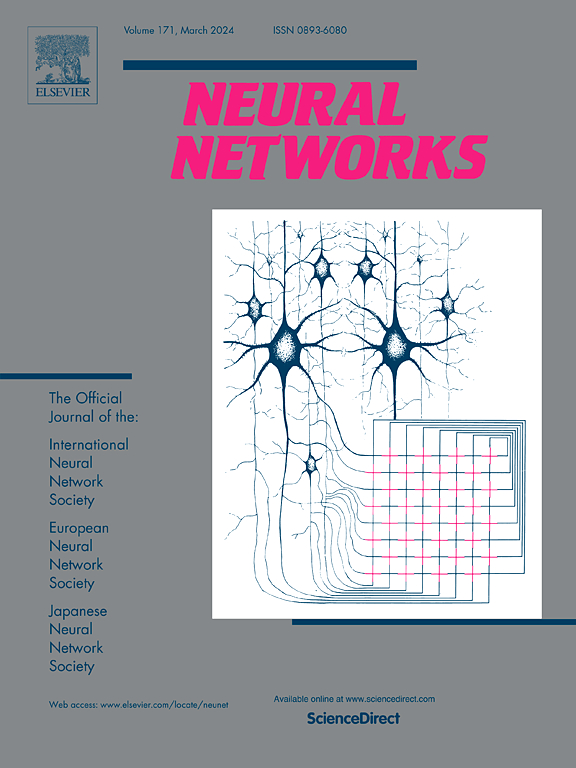线性和二次规划的一般模拟求解器在一步
IF 6
1区 计算机科学
Q1 COMPUTER SCIENCE, ARTIFICIAL INTELLIGENCE
引用次数: 0
摘要
线性规划(LP)和二次规划(QP)问题的实时求解在工程和科学领域面临着迫切的需求。随着问题维数和结构复杂度的增加,传统数值方法的计算复杂度呈指数增长。为了解决这一挑战,我们提出了一个基于神经动力学原理的通用模拟求解器,通过物理级计算一步实现LP和QP的封闭形式解决方案。该求解器通过模块化模拟电路的可配置互连实现了多种约束条件下LP/QP问题的求解。基于连续时间动力学的模拟计算架构利用其固有的并行性和亚微秒级的收敛性来提高优化问题的求解效率。通过五次PSPICE模拟测试实验,所提出的QP求解器的平均求解精度超过99.9%,当受到电路非理想性(包括噪声、寄生电阻和器件偏差)的影响时,鲁棒性指标保持在93%以上的精度。对比分析表明,与传统的QP求解器相比,所提求解器的加速度分别为173.572倍、115.871倍、8.387倍、3.241倍、21.623倍。本文章由计算机程序翻译,如有差异,请以英文原文为准。
A general analog solver of linear and quadratic programming in one step
Real-time solving of linear programming (LP) and quadratic programming (QP) problems faces critical demand across engineering and scientific domains. Conventional numerical approaches suffer from exponential growth in computational complexity as problem dimensionality and structural complexity increase. To address this challenge, we present a general analog solver grounded in neurodynamic principles, achieving closed-form solutions for both LP and QP through physical-level computation in one step. The proposed solver achieves the solution of LP/QP problems under diverse constraints through configurable interconnections of modular analog circuits. The analog computing architecture based on continuous-time dynamics leverages its inherent parallelism and sub-microsecond convergence properties to enhance the efficiency of optimization problem solving. Through five PSPICE simulation test experiments, the proposed QP solver achieved an average solution accuracy exceeding 99.9%, with robustness metrics maintaining over 93% precision when subjected to circuit nonidealities, including noise, parasitic resistance, and device deviation. Comparative analysis shows that the proposed solver demonstrates 173.572, 115.871, 8.387, 3.241, 21.623, respectively, acceleration over traditional QP solvers.
求助全文
通过发布文献求助,成功后即可免费获取论文全文。
去求助
来源期刊

Neural Networks
工程技术-计算机:人工智能
CiteScore
13.90
自引率
7.70%
发文量
425
审稿时长
67 days
期刊介绍:
Neural Networks is a platform that aims to foster an international community of scholars and practitioners interested in neural networks, deep learning, and other approaches to artificial intelligence and machine learning. Our journal invites submissions covering various aspects of neural networks research, from computational neuroscience and cognitive modeling to mathematical analyses and engineering applications. By providing a forum for interdisciplinary discussions between biology and technology, we aim to encourage the development of biologically-inspired artificial intelligence.
 求助内容:
求助内容: 应助结果提醒方式:
应助结果提醒方式:


